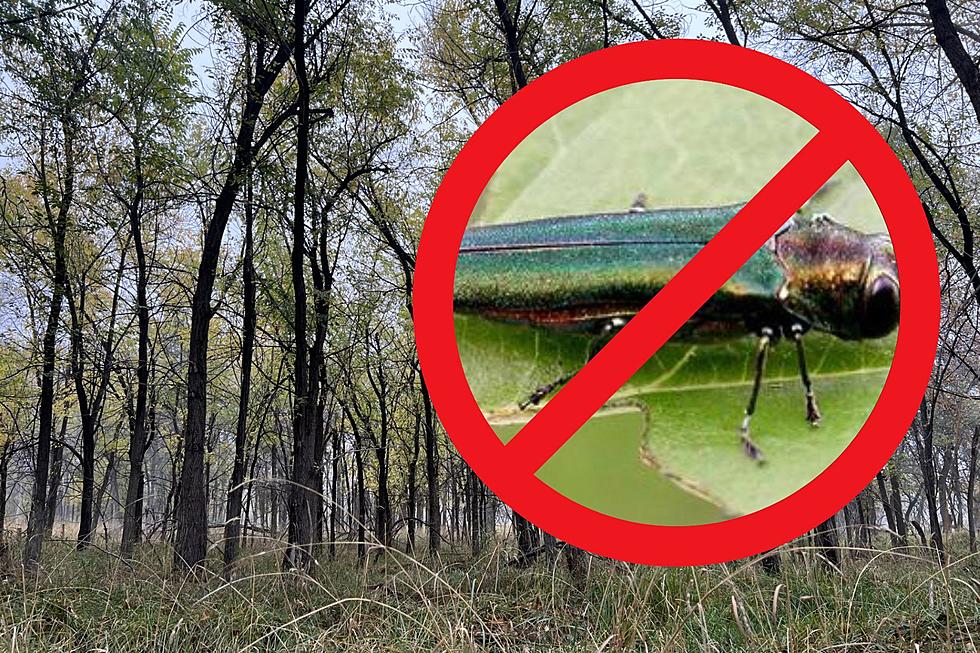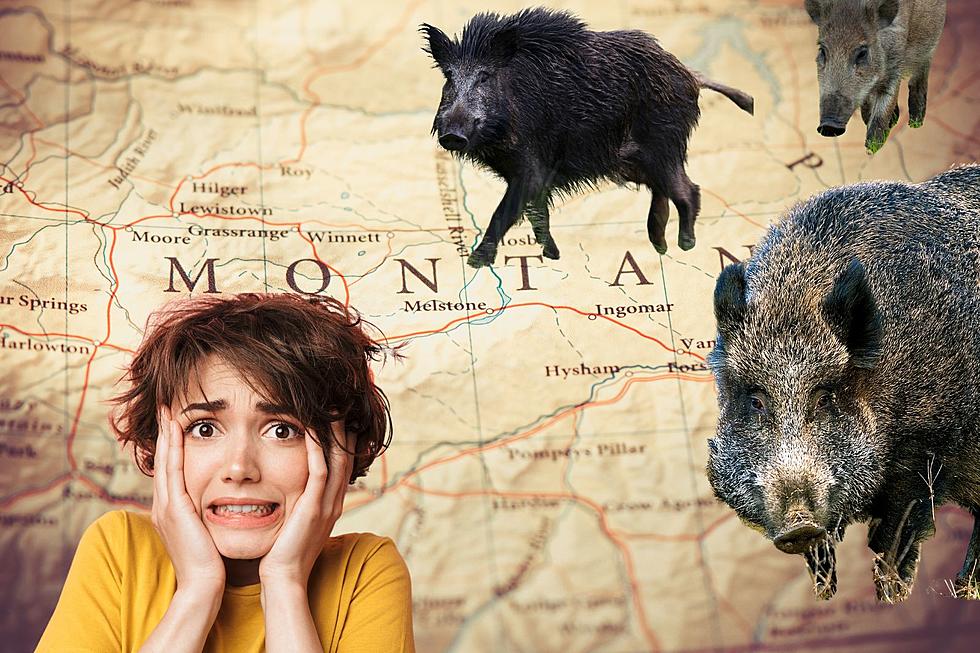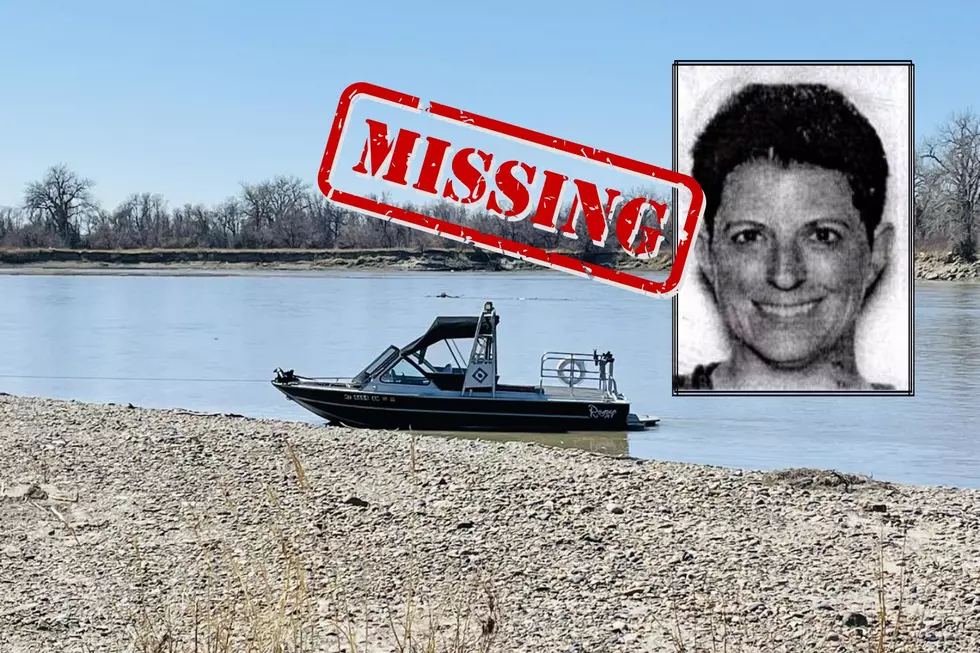
Killers – Lake Trout Destroy Bull Trout Populations
Each year, the native Bull Trout population has declined at Flathead Lake and other lakes where the non-native Lake Trout have taken over. The Flathead Lake Biological Station has found how the lake trout have robbed the bull trout of their native food, which forced the bull trout to "suboptimal" food, leading to less and less bull trout, which are protected by the U.S. Endangered Species Act.
The University of Montana (UM) partnered with Montana Fish, Wildlife and Parks and the U.S. Geological Survey to study how the lake trout affected the entire interconnected "food web" in the water. In a UM news release, officials said that the annual damages in the United States from invasive species is about $120 billion annually.

In the news release, USGS aquatic ecologist Clint Muhlfeld said, "Native bull trout populations have drastically declined in many lakes across western Montana due to competitive interactions with invasive lake trout. For the first time, we show what happens not only to bull trout but entire food webs supporting them as lake trout invaded and upset lake ecosystems over time."
The study showed that in 1905, fisheries managers introduced non-native species such as lake trout and lake whitefish in Flathead Lake to improve tourism and recreational fishing. Mysis shrimp also disrupted the food web. The lake trout became dominant about 25 to 50 years later. In fact, there are now 20 fish species in Flathead. The changes also hurt the populations of westslope cutthroat, Montana's state fish. And the damage was found in other western Montana lakes, where lake trout dominated.
Biological Station ecologist Shawn Devlin said, "The work leverages the rather bleak history of introduction and invasion of nonnative species in northwest Montana lakes into an ecological experiment built on the power of long-term data and deeper understanding of lake ecology."
The study showed that food web disruptions are hard to reverse, but provided new monitoring techniques to try to control the early stages of invasion, and protect other water bodies from being invaded. The Montana study was published this year in the Proceedings of the National Academy of Sciences. The study was led by U.S. Fish and Wildlife fish biologist Charles Wainright and co-authored by Muhlfeld, Devlin and director Jim Elser of the Flathead Biological Station and Samuel Bourret of Montana Fish, Wildlife and Parks.
RANKED: Here are the most popular national parks
LOOK: Here are the pets banned in each state
More From Mix 97.1









